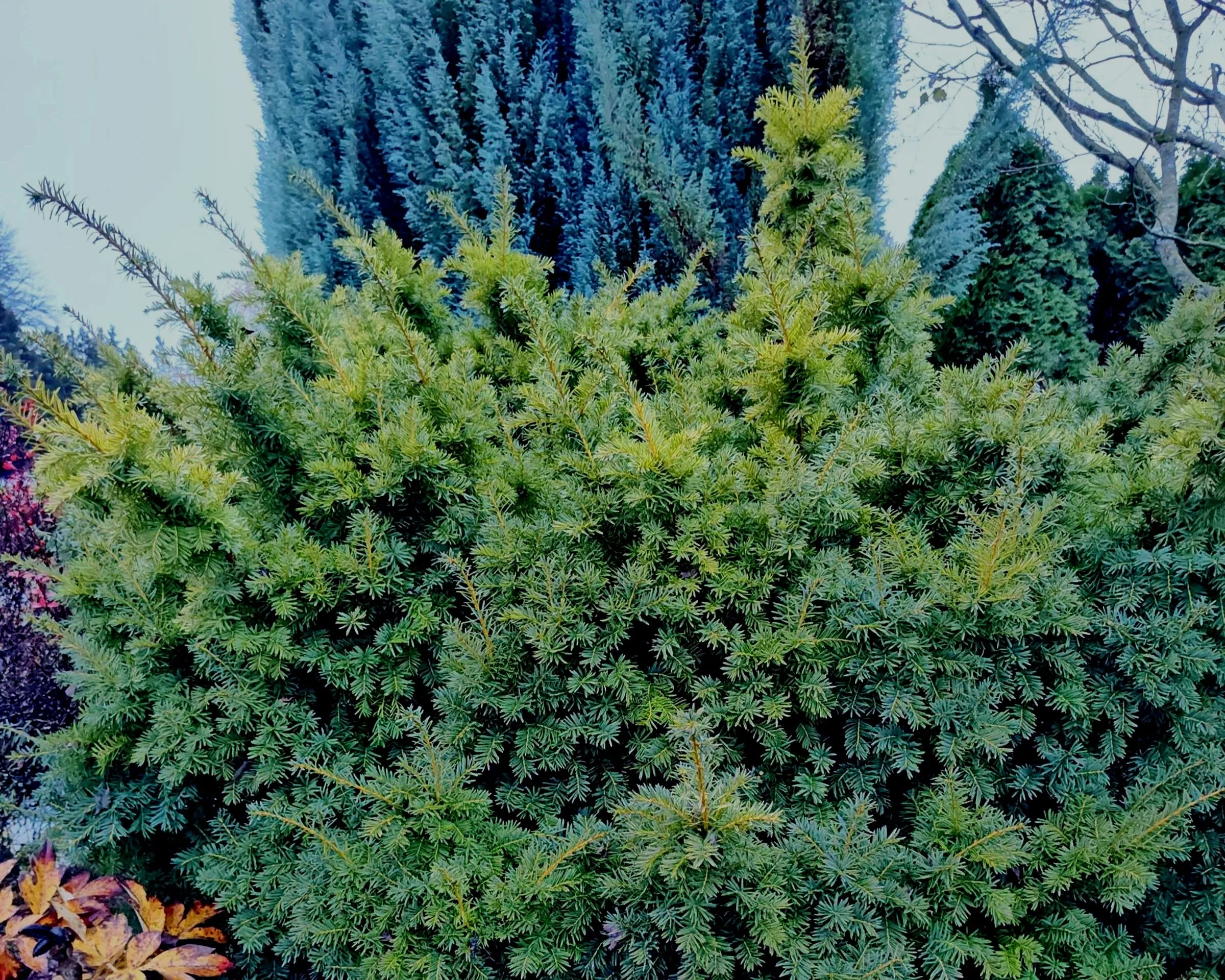For most gardeners, when we talk about spring-blooming bulbs our minds go to the fields of tulips and daffodils we can see just north of us in the Mt Vernon area in the months of March and April. Or maybe some of you have journeyed to Canada and the Butchart Gardens and seen their amazing displays of color. If you are really lucky, (and this is still on my bucket list), you may have gone all the way to the Netherlands and seen the displays at Kuekenhof. Where ever your memories come from, for the most part they probably encompass drifts of the major hitters like tulips and daffodils or maybe hyacinths. While these are wonderful flowers to plant in our yards, I am here to tell you that there are dozens of bulbs that bloom way before these standard classics that gardeners need to educate themselves about and incorporate into their gardens. Here are just a few to sink your teeth into…
All of the following bulbs are small and should be planted in clumps of a dozen or more. Plant them under deciduous trees or shrubs or in rockeries. They are also mostly deer and rodent resistant and will naturalize in the garden and repeat bloom for many years all on their own. They are also relatively inexpensive. What more could you ask from a plant?
Grape Hyacinths — These “miniature” hyacinths aren’t actually hyacinths at all, but sort of resemble them and will send up their dark green leaves as early as November with the 6 inch tall flowers following in late winter. Most are shades of blue and will form drifts in the garden in a matter of a few short years.
Chionodoxa — These early bloomers come from Turkey, but are quite at home in the northwest. Their lilac-blue star-shaped flowers emerge in February or March and are only 3 to 4 inches tall.
Eranthis hyemalis — Winter Aconite sends up a short 2 to 3 inch tall and 1 inch across single yellow bloom in late winter that will brighten up any dark shady area. I have a drift under my Fireglow Japanese maple that delights me every spring.
Galanthus nivalis — Known as snow drops to most of us, these are my harbingers of spring in my garden. Sweet nodding bells are 6 inches tall and white with a small patch of green on them. They can be single or double and do best under deciduous plants, where they will be in the shade in the summer when they go dormant.
Leucojum aestivum — Known as snowflakes, these bulbs resemble snow drops only they are taller, larger and bloom a month or two later but otherwise have the same white drooping bell-like flowers.
Iris reticulata — Dwarf Dutch Iris have showy blooms around the same time as snow drops and have typical iris-like flowers that form drifts after a few seasons. Each individual plant only blooms for a few days but a clump of them will give you lots of color for several weeks.
Scilla siberica — Siberian Scillas don’t actually come from Siberia, although they are native to southwestern Russia and are extremely cold hardy. The flowers are six-petaled and are a bright blue reaching only 4 to 6 inches tall. Like English and Spanish bluebells, Siberian bluebells will naturalize quickly in the garden and form impressive drifts after a few short seasons.
These are just a few choices of early blooming bulbs that will brighten up our gardens while it is still the dead of winter. They may not look like much in bags in the garden center, but they will give us a huge return on our modest investment. Try some out this fall and see if you don’t agree.


